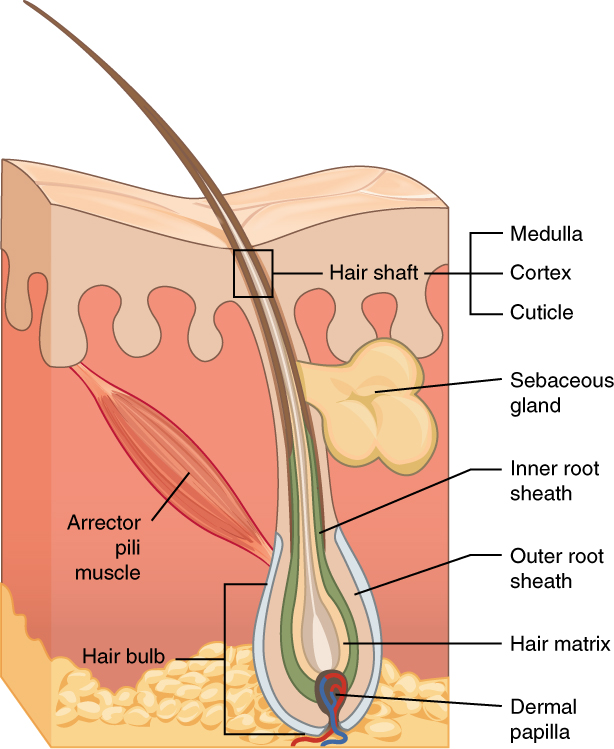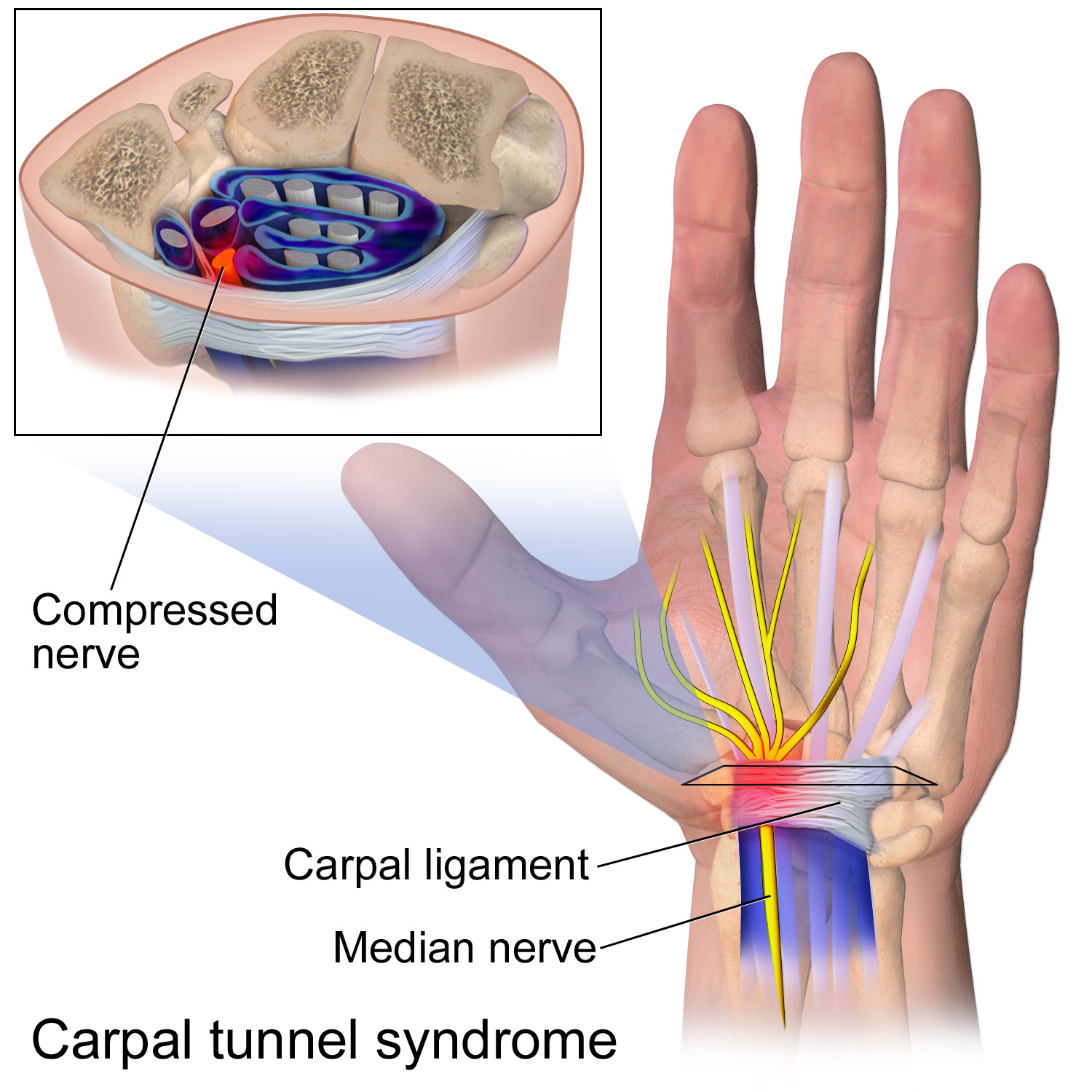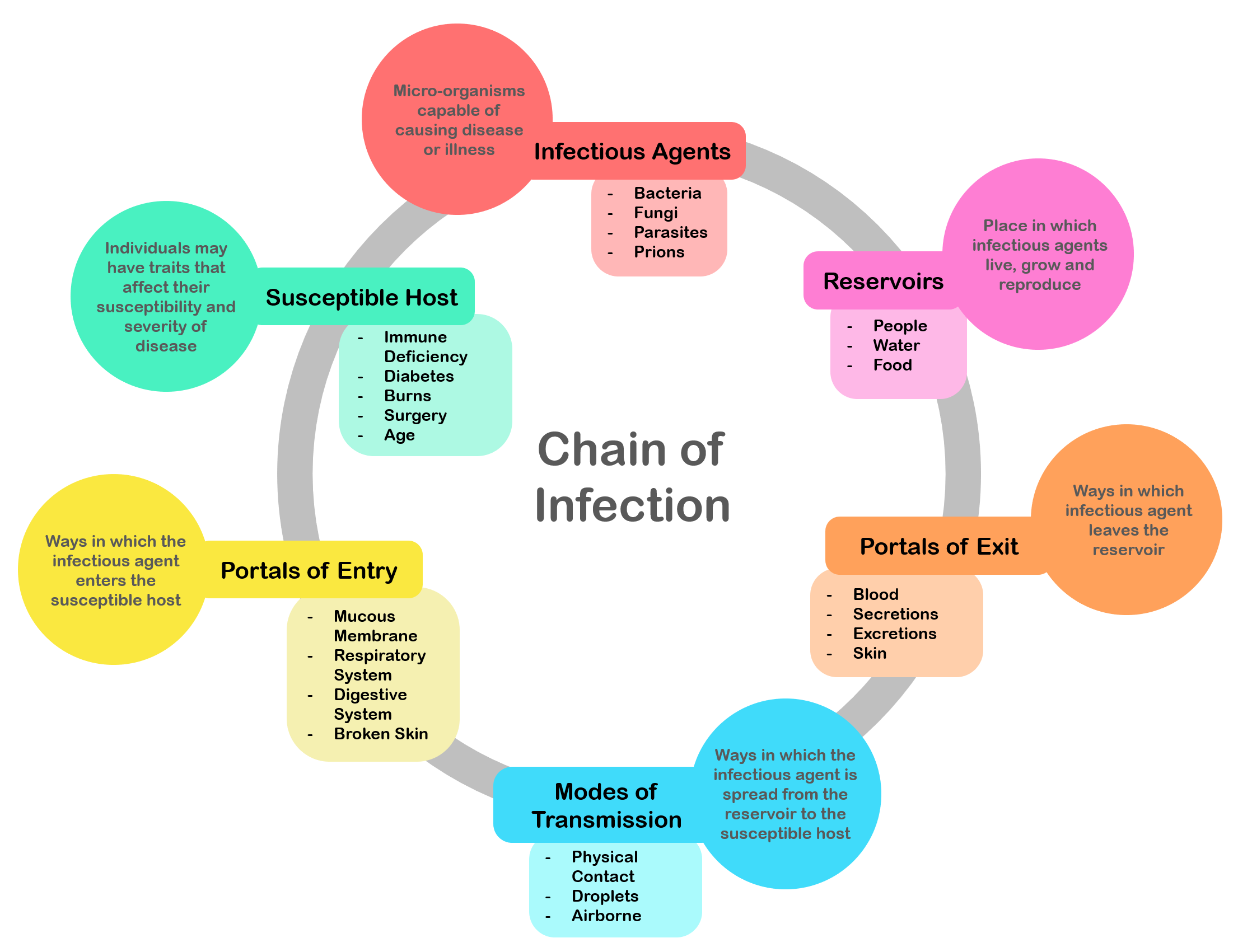|
Trichotillomania
Trichotillomania (TTM), also known as hair-pulling disorder or compulsive hair pulling, is a mental disorder characterized by a long-term urge that results in the pulling out of one's own hair. A brief positive feeling may occur as hair is removed. Efforts to stop pulling hair typically fail. Hair removal may occur anywhere; however, the head and around the eyes are most common. The hair pulling is to such a degree that it results in distress and hair loss can be seen. As of 2023, the specific cause or causes of trichotillomania are unclear. Trichotillomania is probably due to a combination of genetic and environmental factors. The disorder may run in families. It occurs more commonly in those with obsessive compulsive disorder (OCD). Episodes of pulling may be triggered by anxiety. People usually acknowledge that they pull their hair, and broken hairs may be seen on examination. Other conditions that may present similarly include body dysmorphic disorder; however, in that co ... [...More Info...] [...Related Items...] OR: [Wikipedia] [Google] [Baidu] |
Trichophagia
Trichophagia is a form of disordered eating in which persons with the disorder suck on, chew, swallow, or otherwise eat hair. Citing The term is derived from ancient Greek θρίξ, ("hair") and φαγεῖν, ("to eat"). Tricho-phagy refers only to the chewing of hair, whereas tricho-phagia is ingestion of hair, but many texts refer to both habits as just trichophagia. It is considered a chronic psychiatric disorder of impulse control. Trichophagia belongs to a subset of pica disorders and is often associated with trichotillomania, the compulsive pulling out of ones own hair. People with trichotillomania often also have trichophagia, with estimates ranging from 48-58% having an oral habit such as biting or chewing (i.e. trichophagy), and 4-20% actually swallowing and ingesting their hair (true trichophagia). Extreme cases have been reported in which patients consume hair found in the surrounding environment, including other people's and animals' hair. In an even smaller subset o ... [...More Info...] [...Related Items...] OR: [Wikipedia] [Google] [Baidu] |
Rapunzel Syndrome
Rapunzel syndrome is an extremely rare intestinal condition in humans resulting from ingesting hair ( trichophagia). This syndrome occurs when a trichobezoar (hairball) reaches past the small intestine, and sometimes even into the colon producing a long, tail-like extension of hair. The syndrome is named after the long-haired girl Rapunzel in the fairy tale by the Brothers Grimm. Trichophagia is also sometimes associated with the hair-pulling disorder trichotillomania. The Rapunzel syndrome is, however, a rare and unusual form of trichobezoar. Since 1968, there have been fewer than 40 documented cases in the medical literature. Signs and symptoms The use of the term 'Rapunzel syndrome' first appeared in the medical literature in 1968. Characteristics of the syndrome include: * The body of a trichobezoar (hairball) located in the stomach, and its tail (hence the reference to Rapunzel in the syndrome's name) in the small bowel and/or in the right colon * Small or large bowel ... [...More Info...] [...Related Items...] OR: [Wikipedia] [Google] [Baidu] |
Clomipramine
Clomipramine, sold under the brand name Anafranil among others, is a tricyclic antidepressant (TCA). It is used in the treatment of various conditions, most notably obsessive–compulsive disorder but also many other disorders, including hyperacusis, panic disorder, major depressive disorder, trichotillomania, body dysmorphic disorder and chronic pain. It has also been notably used to treat premature ejaculation and the cataplexy associated with narcolepsy. It may also address certain fundamental features surrounding narcolepsy besides cataplexy (especially hypnagogic and hypnopompic hallucinations). The evidence behind this, however, is less robust. As with other antidepressants (notably including selective serotonin reuptake inhibitors), it may paradoxically increase the risk of suicide in those under the age of 25, at least in the first few weeks of treatment. It is typically taken by mouth, although intravenous preparations are sometimes used. Common side effects includ ... [...More Info...] [...Related Items...] OR: [Wikipedia] [Google] [Baidu] |
Hair
Hair is a protein filament that grows from follicles found in the dermis. Hair is one of the defining characteristics of mammals. The human body, apart from areas of glabrous skin, is covered in follicles which produce thick terminal and fine vellus hair. Most common interest in hair is focused on hair growth, hair types, and hair care, but hair is also an important biomaterial primarily composed of protein, notably alpha-keratin. Attitudes towards different forms of hair, such as hairstyles and hair removal, vary widely across different cultures and historical periods, but it is often used to indicate a person's personal beliefs or social position, such as their age, gender, or religion. Overview Meaning The word "hair" usually refers to two distinct structures: #the part beneath the skin, called the hair follicle, or, when pulled from the skin, the bulb or root. This organ is located in the dermis and maintains stem cells, which not only re-grow the hair afte ... [...More Info...] [...Related Items...] OR: [Wikipedia] [Google] [Baidu] |
Hair Removal
Hair removal is the deliberate removal of body hair or head hair. This process is also known as epilation or depilation. Hair is a common feature of the human body, exhibiting considerable variation in thickness and length across different populations. Hair becomes more visible during and after puberty. Additionally, men typically exhibit thicker and more conspicuous body hair than women.) Both males and females have visible body hair on the head, eyebrows, eyelashes, armpits, genital area, arms, and legs. Males and some females may also have thicker hair growth on their face, abdomen, back, buttocks, anus, areola, chest, nostrils, and ears. Hair does not generally grow on the lips, back of the ear, the underside of the hands or feet, or on certain areas of the genitalia. Hair removal may be practiced for cultural, aesthetic, hygienic, sexual, medical, or religious reasons. Forms of hair removal have been practiced in almost all human cultures since at least the Neo ... [...More Info...] [...Related Items...] OR: [Wikipedia] [Google] [Baidu] |
Trichobezoar
A hairball is a small collection of hair or fur formed in the stomach of animals, and uncommonly in humans, that is occasionally vomited up when it becomes too big. Hairballs are primarily a tight elongated cylinder of packed fur, but may include bits of other elements such as swallowed food. Animals with hairballs are sometimes mistaken as having other conditions of the stomach such as lymphosarcoma, tuberculosis, and tumor of the spleen. Cats are especially prone to hairball formation since they groom themselves by licking their fur, and thereby ingest it. Rabbits are also prone to hairballs because they groom themselves in the same fashion as cats, but hairballs are especially dangerous for rabbits because they cannot regurgitate them. Due to the fragility of their digestive systems, hairballs in rabbits must be treated immediately or they may stop feeding and ultimately die from dehydration. Cattle are also known to accumulate hairballs but, as they do not vomit, these ar ... [...More Info...] [...Related Items...] OR: [Wikipedia] [Google] [Baidu] |
Hair Loss
Hair loss, also known as alopecia or baldness, refers to a loss of hair from part of the head or body. Typically at least the head is involved. The severity of hair loss can vary from a small area to the entire body. Inflammation or scarring is not usually present. Hair loss in some people causes psychological distress. Common types include male- or female-pattern hair loss, alopecia areata, and a thinning of hair known as telogen effluvium. The cause of male-pattern hair loss is a combination of genetics and male hormones; the cause of female pattern hair loss is unclear; the cause of alopecia areata is autoimmune; and the cause of telogen effluvium is typically a physically or psychologically stressful event. Telogen effluvium is very common following pregnancy. Less common causes of hair loss without inflammation or scarring include the pulling out of hair, certain medications including chemotherapy, HIV/AIDS, hypothyroidism, and malnutrition including iron def ... [...More Info...] [...Related Items...] OR: [Wikipedia] [Google] [Baidu] |
Carpal Tunnel Syndrome
Carpal tunnel syndrome (CTS) is a nerve compression syndrome associated with the collected signs and symptoms of Pathophysiology of nerve entrapment#Compression, compression of the median nerve at the carpal tunnel in the wrist. Carpal tunnel syndrome usually has no known cause, but there are environmental and medical risk factors associated with the condition.> CTS can affect both wrists. Other conditions can cause CTS such as wrist fracture or rheumatoid arthritis. After fracture, the resulting swelling, bleeding, and deformity compress the median nerve. With rheumatoid arthritis, the enlarged synovial membrane, synovial lining of the tendons causes compression. The main symptoms are numbness and Paresthesia, tingling of the thumb, index finger, middle finger, and the thumb side of the ring finger, as well as pain in the hand and fingers. Symptoms are typically most troublesome at night. Many people sleep with their wrists bent, and the ensuing symptoms may lead to awake ... [...More Info...] [...Related Items...] OR: [Wikipedia] [Google] [Baidu] |
Repetitive Stress Injury
A repetitive strain injury (RSI) is an injury to part of the musculoskeletal or nervous system caused by repetitive use, vibrations, compression or long periods in a fixed position. Other common names include repetitive stress injury, repetitive stress disorders, cumulative trauma disorders (CTDs), and overuse syndrome. Signs and symptoms Some examples of symptoms experienced by patients with RSI are aching, pulsing pain, tingling and extremity weakness, initially presenting with intermittent discomfort and then with a higher degree of frequency. Definition Repetitive strain injury (RSI) and associative trauma orders are umbrella terms used to refer to several discrete conditions that can be associated with repetitive tasks, forceful exertions, vibrations, mechanical compression, sustained or awkward positions, or repetitive eccentric contractions. The exact terminology is controversial, but the terms now used by the United States Department of Labor and the National Institu ... [...More Info...] [...Related Items...] OR: [Wikipedia] [Google] [Baidu] |
Infection
An infection is the invasion of tissue (biology), tissues by pathogens, their multiplication, and the reaction of host (biology), host tissues to the infectious agent and the toxins they produce. An infectious disease, also known as a transmissible disease or communicable disease, is an Disease#Terminology, illness resulting from an infection. Infections can be caused by a wide range of pathogens, most prominently pathogenic bacteria, bacteria and viruses. Hosts can fight infections using their immune systems. Mammalian hosts react to infections with an Innate immune system, innate response, often involving inflammation, followed by an Adaptive immune system, adaptive response. Treatment for infections depends on the type of pathogen involved. Common medications include: * Antibiotics for bacterial infections. * Antivirals for viral infections. * Antifungals for fungal infections. * Antiprotozoals for protozoan infections. * Antihelminthics for infections caused by parasi ... [...More Info...] [...Related Items...] OR: [Wikipedia] [Google] [Baidu] |
Inner Root Sheath
The inner root sheath or internal root sheath of the hair follicle is located between the outer root sheath and the hair shaft.James, William; Berger, Timothy; Elston, Dirk (2005) ''Andrews' Diseases of the Skin: Clinical Dermatology'' (10th ed.). Saunders. Page 8. . It is made of three layers: Henle's layer, Huxley's layer, and the cuticle. The inner root sheaf serves to protect growing hair. Description Henle's layer is the outermost layer of the inner root sheath, consisting of a single row of cubical cells. During his original examination, Henle believed the layer lacked nuclei because he viewed it at a level where it had already cornified. Huxley's layer is in the middle, made up of approximately two rows of flattened cells with granular protoplasm Protoplasm (; ) is the part of a cell that is surrounded by a plasma membrane. It is a mixture of small molecules such as ions, monosaccharides, amino acids, and macromolecules such as proteins, polysaccharides, lipids, ... [...More Info...] [...Related Items...] OR: [Wikipedia] [Google] [Baidu] |





